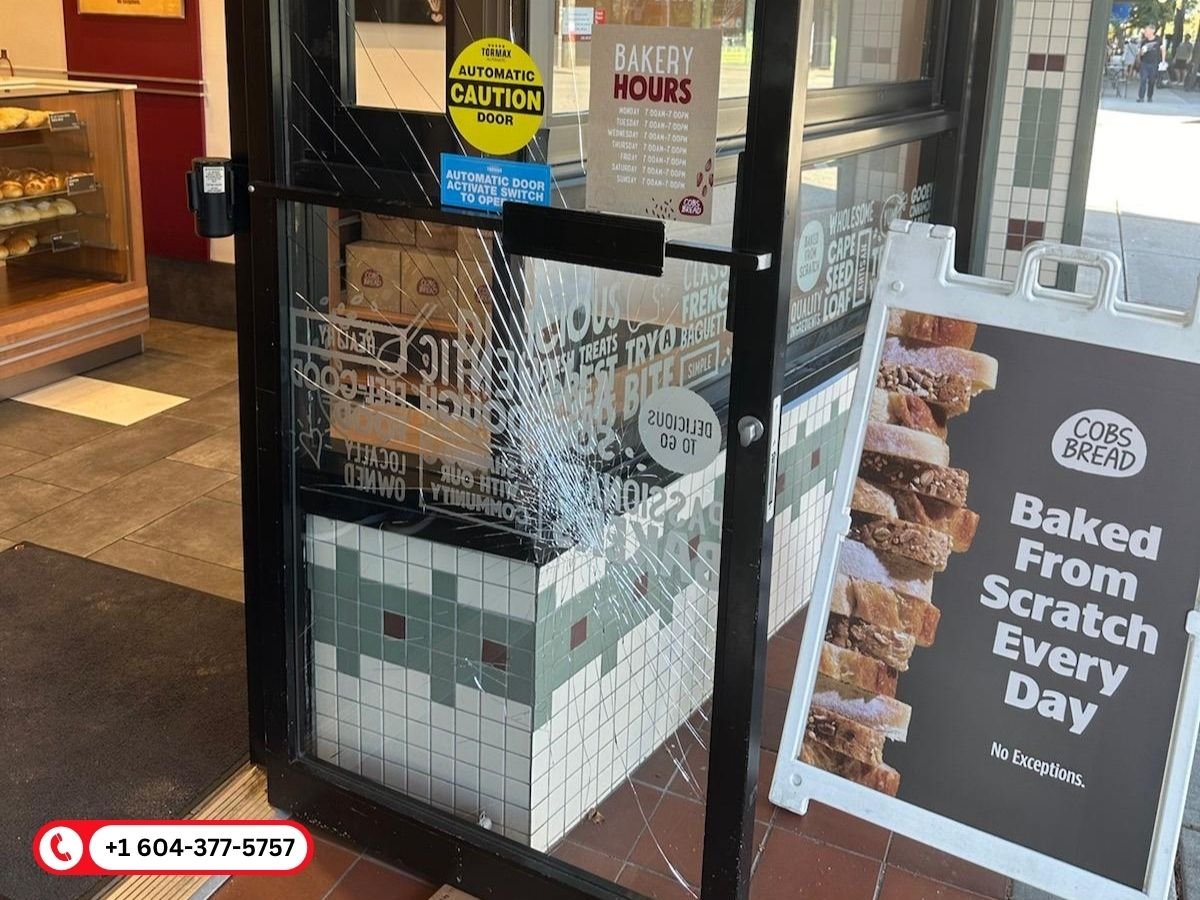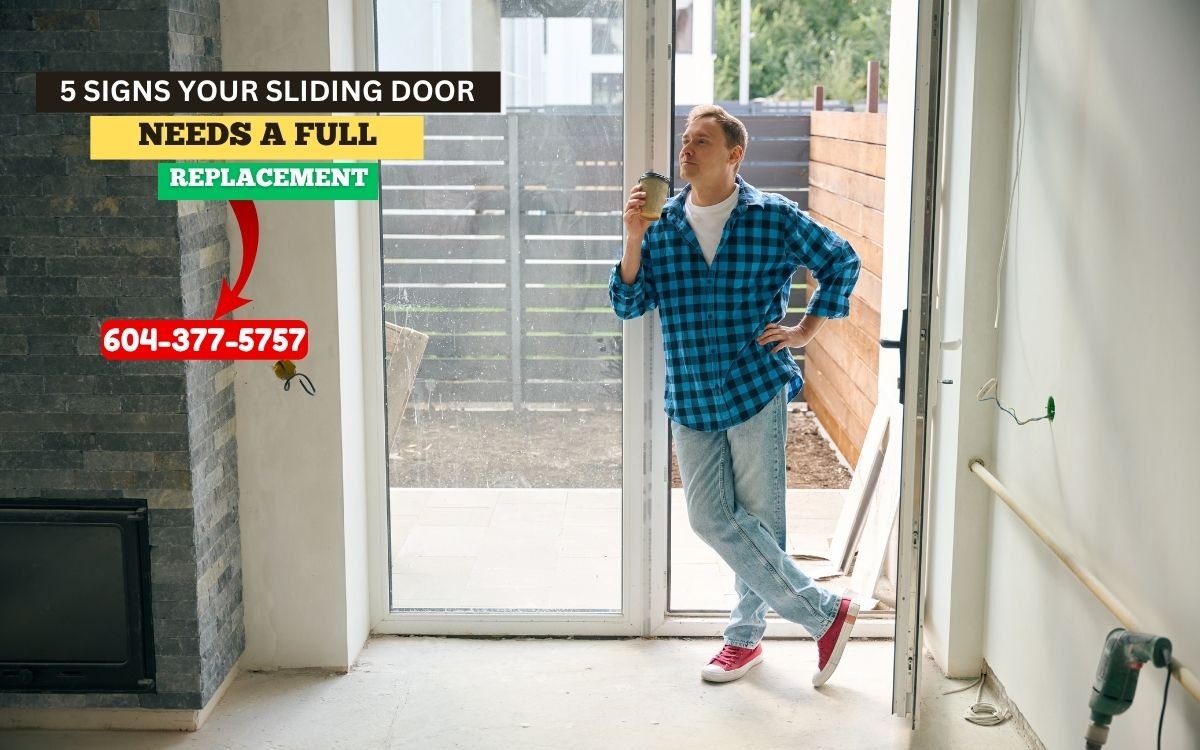Your home’s windows are more than just openings to the outside world. They play a crucial role in energy efficiency, security, and overall comfort. Over time, windows can deteriorate due to various factors, including weather exposure, age, and wear and tear. Recognizing the signs of window damage is essential to prevent further issues and maintain a healthy, energy-efficient home.

Table of Contents
ToggleCommon Signs of Window Damage
Drafts and Air Leaks
One of the most noticeable signs of window damage is a noticeable draft or air leak. You may feel cold air seeping in during winter or warm air escaping during summer. This can lead to increased energy bills and discomfort.
How to Address:
- Caulk and Weatherstripping: Apply high-quality caulk and weatherstripping around window frames to seal gaps and prevent air infiltration.
- Window Replacement: If the frames are severely damaged or the windows are old and inefficient, consider replacing them with energy-efficient models.
Condensation and Foggy Glass
Condensation between the panes of glass or on the window surface is a common sign of window damage. This can lead to mold and mildew growth, which can damage your home’s structure and pose health risks.
How to Address:
- Sealant Replacement: If the seal between the panes is broken, you may need to replace the sealant.
- Window Replacement: In severe cases, replacing the entire window may be necessary.
Difficulty Opening and Closing
Windows that are difficult to open and close are often a sign of damage or wear and tear. This can be caused by swollen wood, rusty hardware, or a misaligned frame.
How to Address:
- Lubrication: Apply a lubricant to hinges and hardware to improve their operation.
- Adjustment: Adjust the window sash to ensure it slides smoothly in the frame.
- Replacement: If the damage is severe, replacing the window may be the best solution.
Visible Damage to Frames and Sashes
Physical damage to window frames and sashes, such as cracks, rot, or warping, can compromise the window’s structural integrity and energy efficiency.
How to Address:
- Repair: For minor damage, repair the affected areas with wood filler or caulk.
- Replacement: For extensive damage, replacing the entire window may be necessary.
Water Damage and Mold Growth
Water damage and mold growth around windows can be caused by leaky seals, damaged frames, or improper installation. This can lead to structural damage and health problems.
How to Address:
- Repair or Replacement: Address the underlying cause of the water damage, such as repairing leaky seals or replacing damaged frames.
- Mold Remediation: If mold has grown, hire a professional to remove it and prevent future growth.
Regularly inspecting your home’s windows for signs of damage can help you identify and address issues early on. By taking proactive steps to repair or replace damaged windows, you can improve your home’s energy efficiency, comfort, and overall value. Remember, a well-maintained home starts with well-maintained windows.

JAP Jabar is the highly skilled and experienced owner of Pacific Glass Ltd, a trusted leader in glass services throughout British Columbia, Canada. With over 15 years of experience in glass repair, installation, and design, JAP has built a strong reputation for excellence in providing top-tier glass solutions, including glass doors, windows, railings, balconies, and more. Whether it’s residential or commercial, JAP is committed to delivering quality and precision in every project. Pacific Glass Ltd offers a wide range of services, from sliding doors and swing doors to storefront glass, patio glass doors, mirror services, and shower glass installations, ensuring customers receive the best in durability, aesthetics, and functionality.
Pacific Glass Ltd serves clients across Burnaby, Vancouver, and greater British Columbia with a focus on offering high-end glass solutions that meet the unique needs of each space. JAP’s expertise spans multiple types of glass services, including glass & sealed unit replacement, windows repair, commercial doors, fixed walls, glass canopies, and more. As a locally owned and operated business, JAP’s commitment to excellence shines through in every project, earning him a reputation as one of the leading glass specialists in the area.





